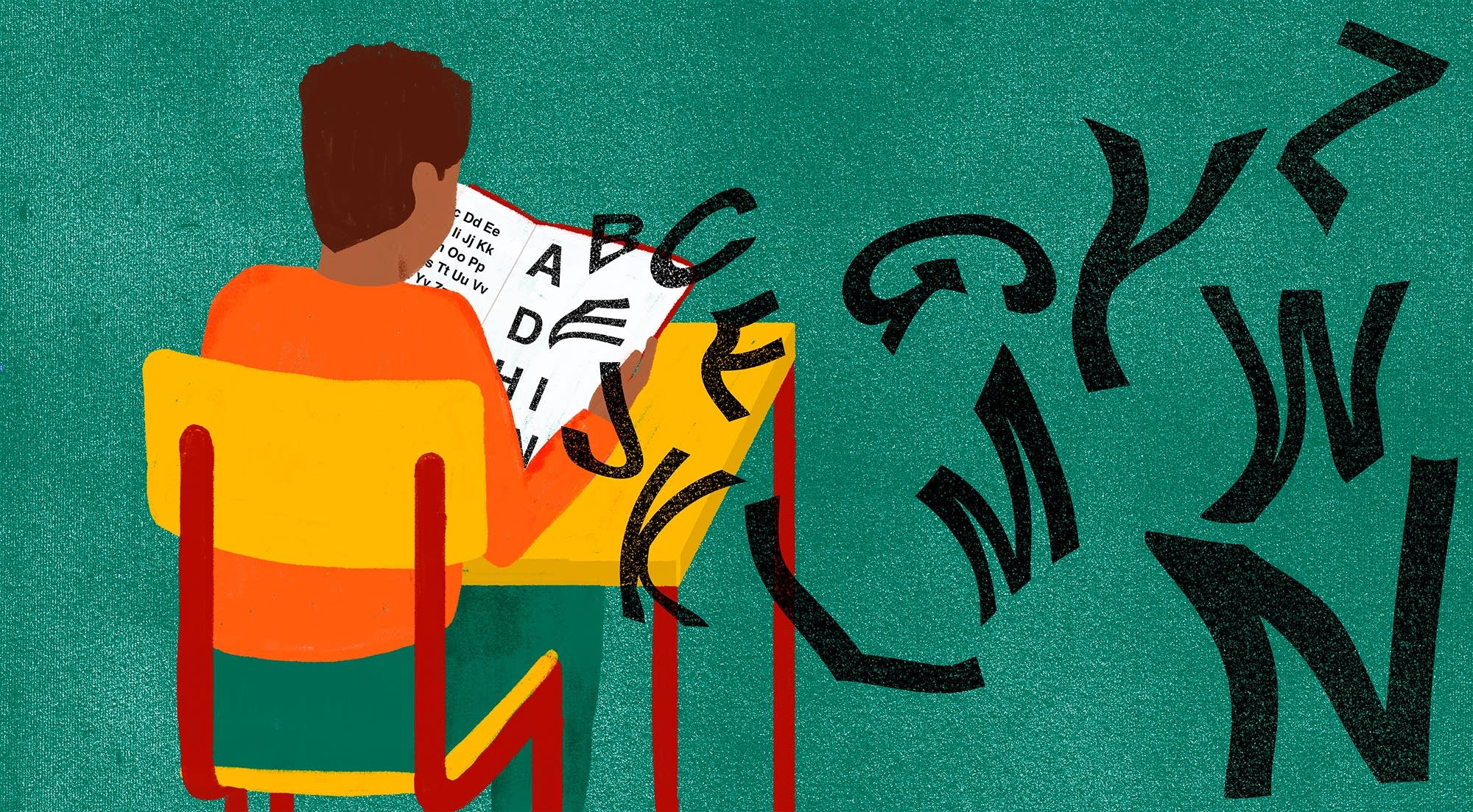
Literacy
The Catalyst commitment to literacy is clearly articulated in the bold goal ‘Every student is a competent reader’.
The aim of learning to read is comprehension, or the capacity to extract meaning from print. This is achieved by combining word recognition with language comprehension, delivered through explicit and systematic teaching.
LEARNING APPROACH
Learning to read
The Catalyst approach to literacy is backed by a comprehensive body of knowledge and research on how students learn to read, known as the Science of Reading. The Simple View of Reading suggests reading comprehension is the combination of using both decoding and language comprehension skills.

“Almost all students can learn to read when provided with high quality teaching and support… the ACT could achieve the 90% target [NAPLAN proficiency benchmark for Years 3, 5 and 7] within 10 years.”
Grattan Institute
Empowering educators through professional learning
The Science of Reading combines knowledge from education, linguistics, cognitive psychology, special education and neuroscience and looks at the essential cognitive processes for competent reading.
Understanding how students learn to read and what goes wrong when students don’t learn the basic skills required for competency has led to a systematic approach in the classroom, comprising five essential elements:
-
Phonemic awareness
The ability to identify and manipulate the distinct individual sounds in spoken words
-
Phonics
The ability to decode words using knowledge of letter-sound relationships
-
Fluency
Reading with speed and accuracy
-
Vocabulary
Knowing the meaning of a wide variety of words and the structure of written language
-
Comprehension
Understanding the meaning and intent of the text
Impacts by the end of 2023
Literacy approach delivers lasting success
Testimonials
“Our journey at Sacred Heart has set us on a focused path to improving students’ outcomes for reading and writing.
We were also seeking common language across the school around the science of reading – we are now well on our way!”
“The class is very engaging and I feel comfortable contributing to class discussions because of the environment of the classroom and the teaching style of my teacher.”
“I’ve seen a significant growth in student knowledge and deep understanding of the literacy concepts within my Stage 1 classroom.
Student engagement is high due to the fast pace of delivery, visual scaffolds, and multisensory movement to embed concepts being taught”
Resources
Explore our resources

